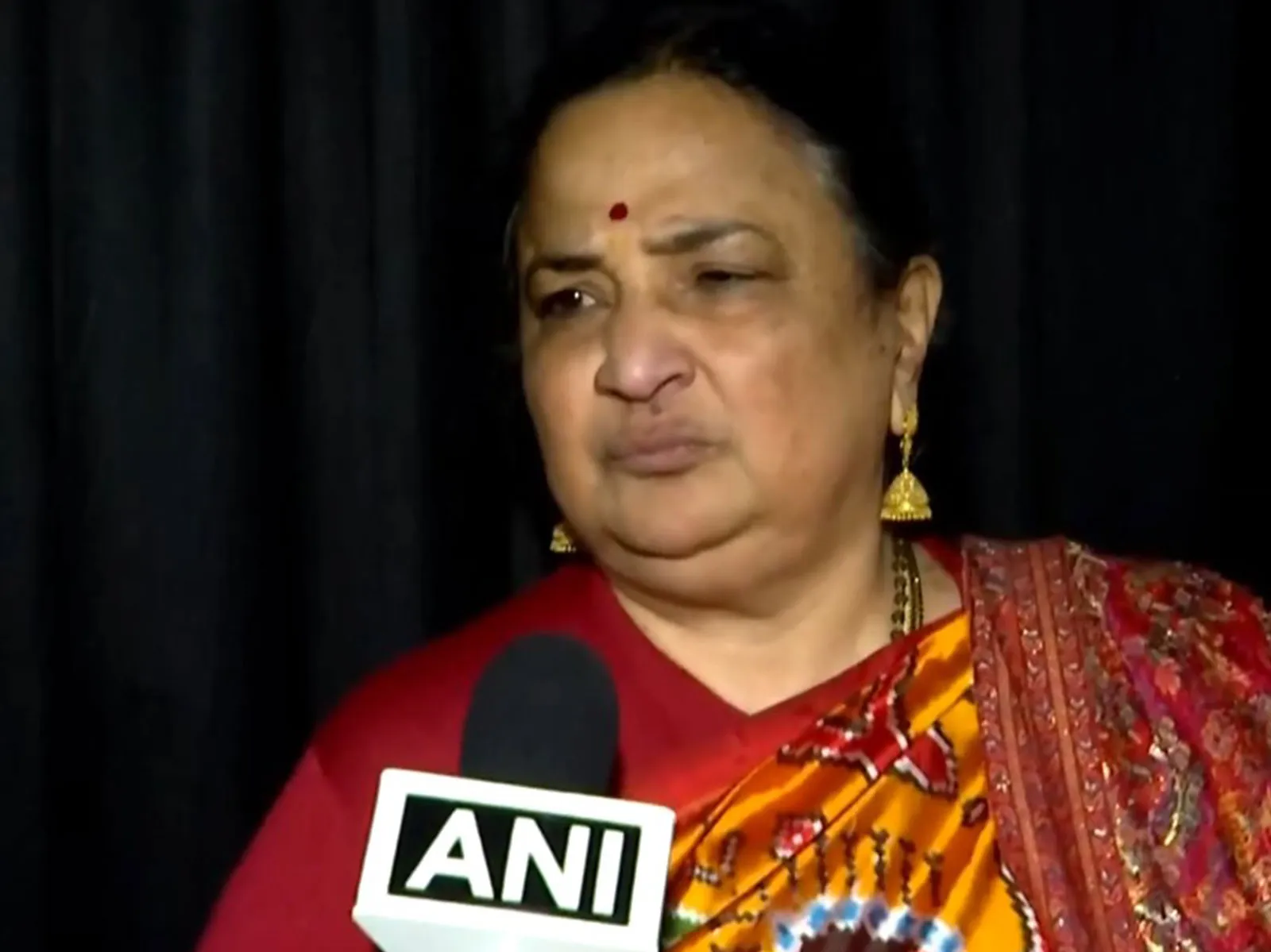

New Delhi, Jan 8: Jawaharlal Nehru University vice chancellor Prof. Santishree Dhulipudi Pandit on Thursday described the institution as the "most nationalistic" in the country, amid ongoing controversy over slogans raised against PM Modi and Home Minister Amit Shah on the university campus.
Pandit added that the matter has been resolved and asserted that "Vande Mataram" is sung at the institution, asking which other university does so.
"It has been totally resolved. You see JNU today. Do you see anything of it? Nothing. JNU is the most nationalistic university in this country. We sang Vande Mataram. There is no opposition. Show me in which other institution you can sing the full Vande Mataram," Pandit told ANI.
She further termed the ongoing violence against minorities in Bangladesh as sad, stressing that she doesn't mind the immigrants coming into India legally. Pandit added that India went through a religious partition which was one of the worst in history and resulted in huge number of killings.
"This is very sad and those are the people who are coming (to India). What is the mindset with which they are coming? I don't mind legal immigrants who can come in and accept our culture. They don't want to assimilate into our culture. They want to become the majority and make me into a minority and accept their irredentist philosophy which is not acceptable to me because that is not the country I chose in 1947. In 1947, we had a religious partition," Pandit said.
"Let us not forget that one of the worst violent partitions anywhere in the world, number of people died, the amount of killings that happened...You see what Trump is doing with illegal immigrants. Are we doing the same thing? If a rich country can do that, then you can imagine the plight of India," she added.
Meanwhile, the Delhi Police on Wednesday said that a complaint has been received from the Chief Security Officer of Jawaharlal Nehru University (JNU) at Police Station Vasant Kunj North regarding an incident of sloganeering against Prime Minister Narendra Modi and Union Home Minister Amit Shah on the university campus.
Police officials said the complaint is currently under review to determine the appropriate course of legal action.
"A complaint from the Chief Security Officer, JNU, was received at PS Vasant Kunj North in connection with sloganeering against the Prime Minister and the Union Home Minister on the JNU campus. The same is being examined for necessary action," Delhi Police said.
(ANI)